Blog
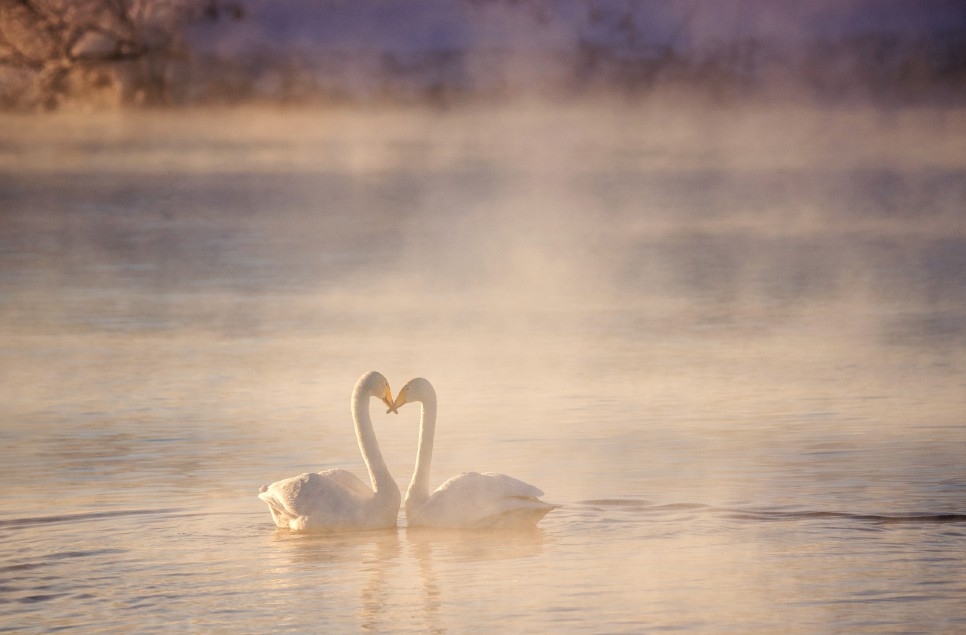
Small changes for the New Year for a healthier life and a healthier planet
How many times have you promised to make a New Year’s resolution, only to falter within the first few days? This year, why not make it easy for yourself and choose something you feel passionate about instead? That way you’re guaranteed to feel better
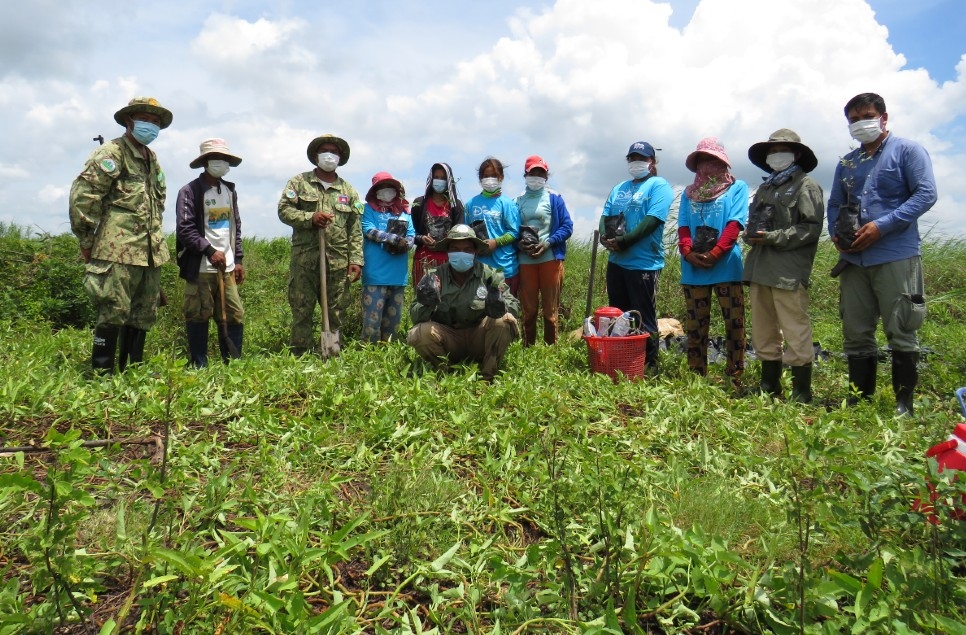
Restoring a flooded forest one seedling at a time
Cambodia is known as the kingdom of wetlands. Its seasonally flooded labyrinth of rivers, swamps and islands supports an extraordinary array of wildlife. Its waterways also provide a lifeline for millions, offering a place for people to live, work, travel

Tutorial: How to make a natural Christmas willow wreath
Making a wreath base from bendy willow sticks may look complicated, but it’s actually really easy and a wonderful way to decorate your home festively and naturally.
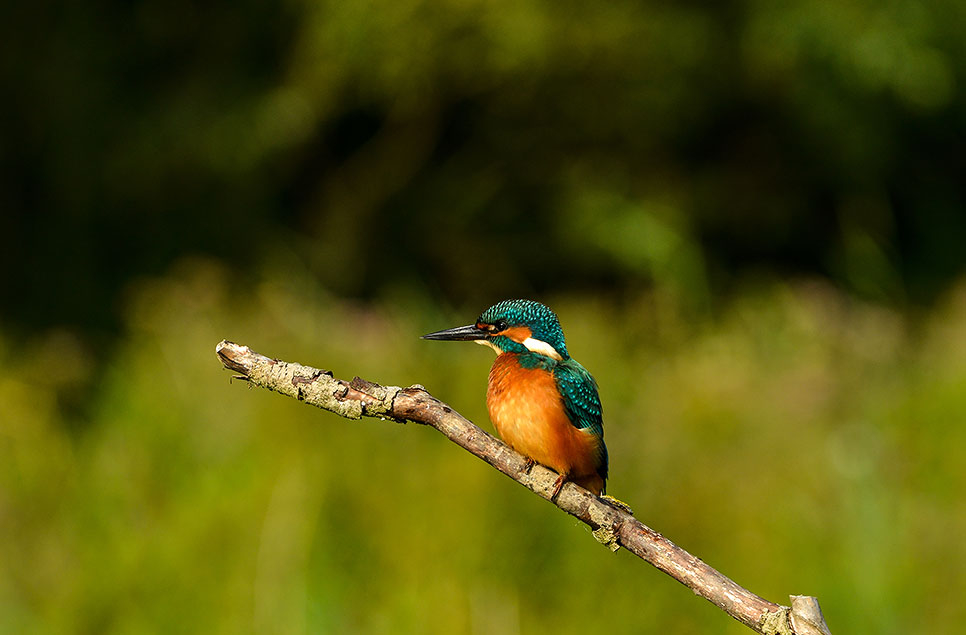
A life changer
Deputy CEO of Natural England and WWT Trustee Alan Law recalls the day that transformed his life.
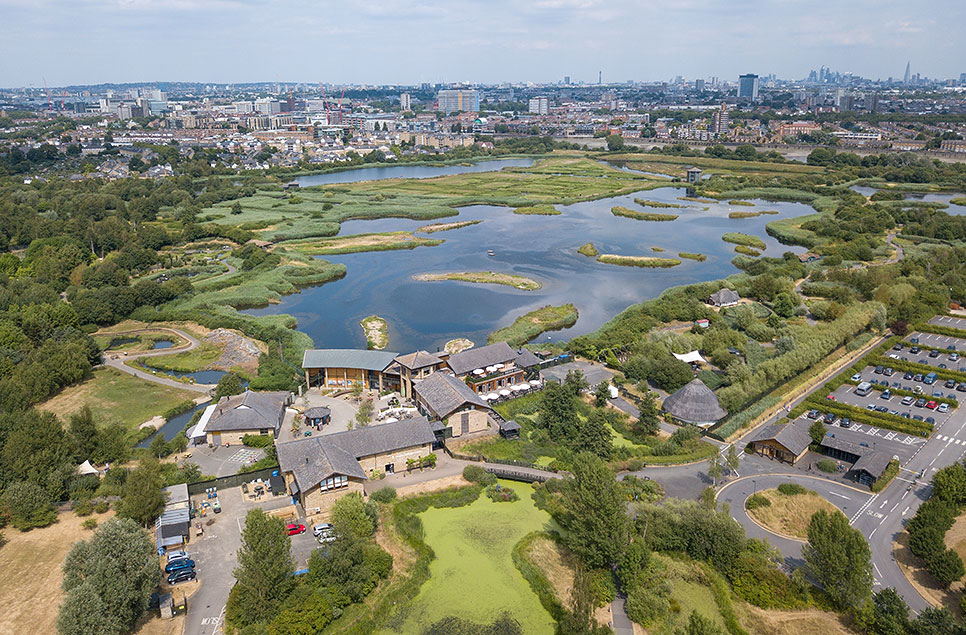
Nature stories from childhood
Memories from two members whose love of nature was kindled from a young age.
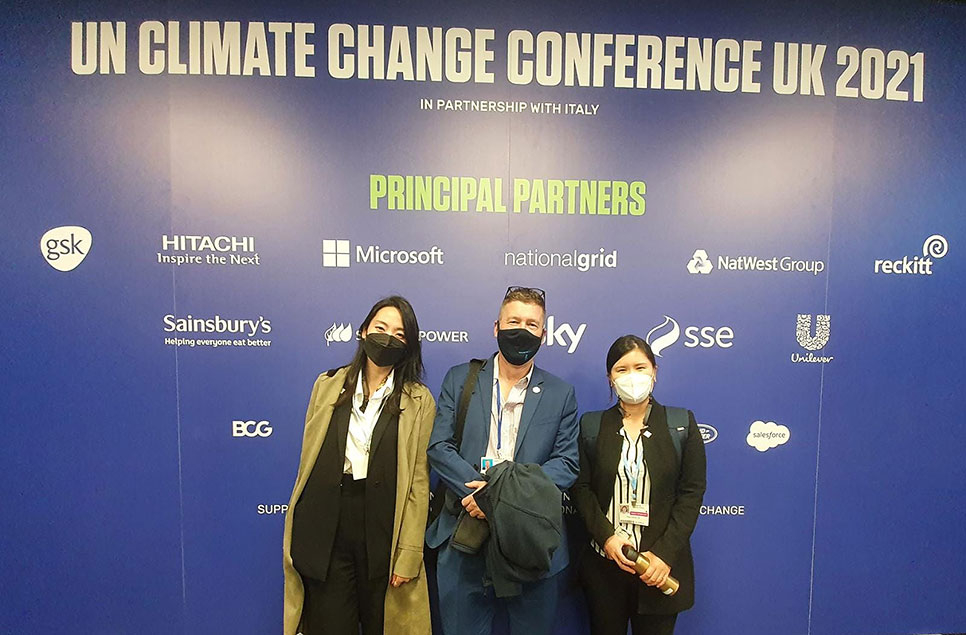
What happens when COP26 stops?
WWT’s Director of Conservation, James Robinson, reflects on what has been achieved at COP26, and what still needs to be done.
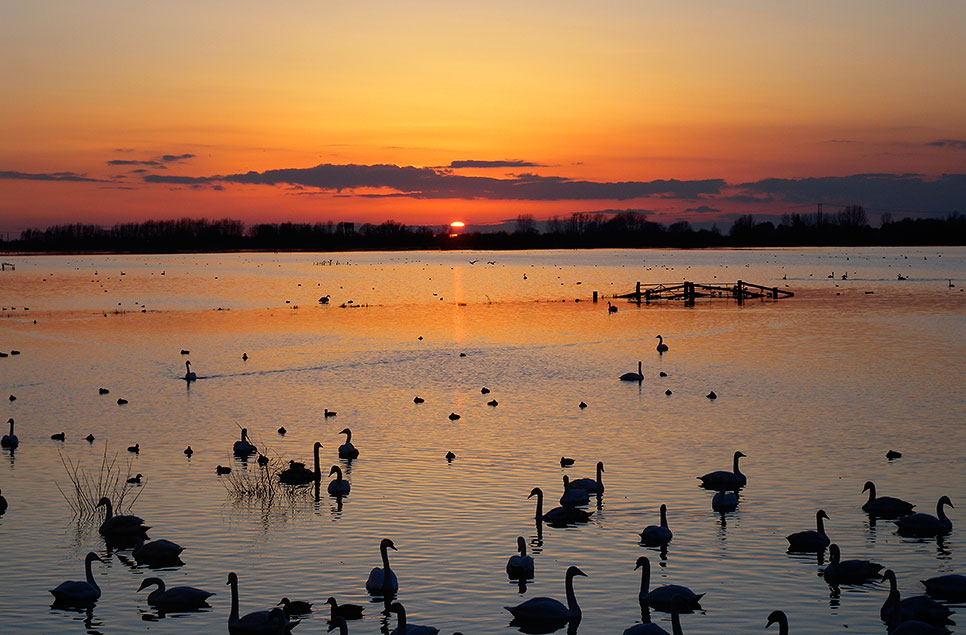
Making art out of wildlife
What do a printmaker, a photographer and painters have in common? They’re all inspired by WWT sites.
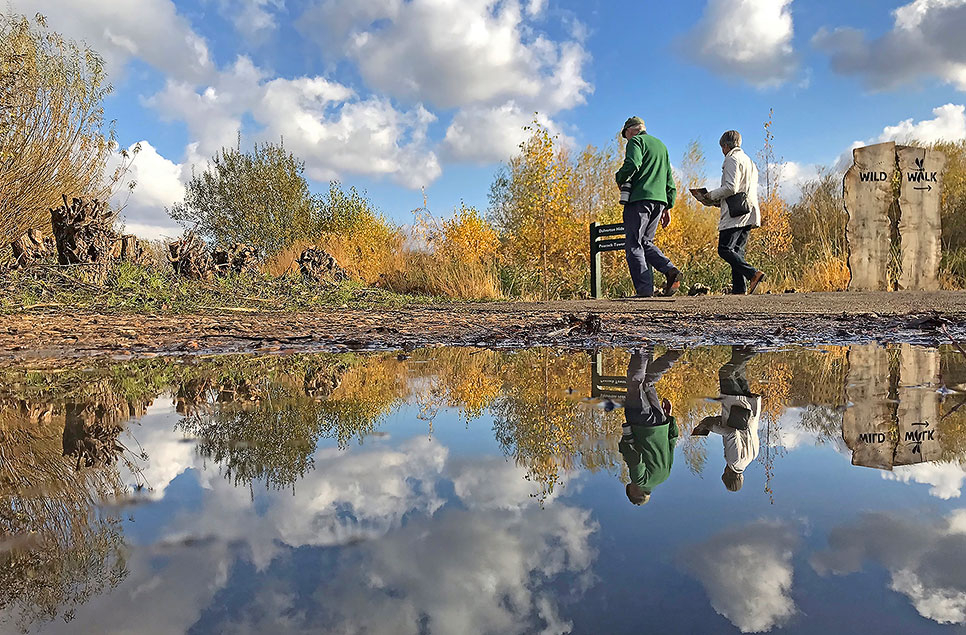
A place to lose yourself
Local resident and photographer Andrew Wilson captures all the beauty of the London Wetland Centre.
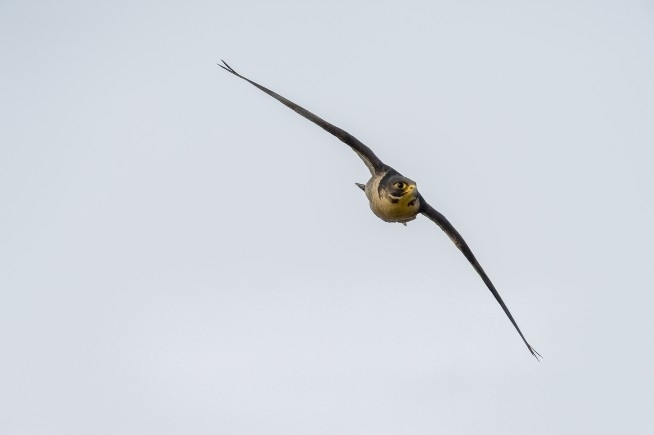
Peregrines at Caerlaverock
Learn about these fantastic birds seen regularly on the reserve at Caerlaverock

10 reasons for families to visit our wetland centres this half term
With half term around the corner, we know finding new and exciting things to do can be challenging, especially when the weather isn’t always on side.
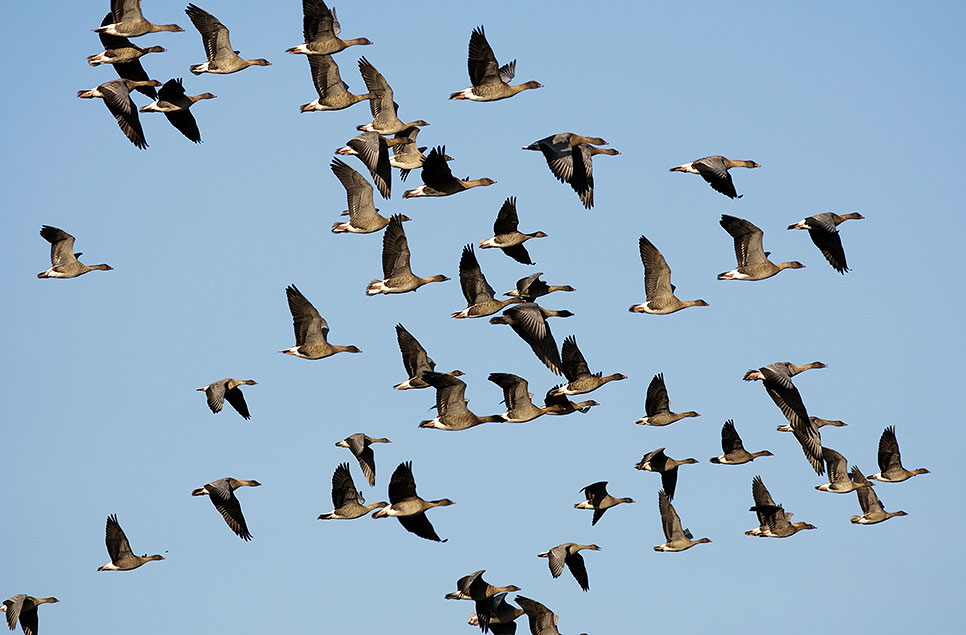
Inspired by our founder
Two members explain how Sir Peter Scott propelled them into conservation.
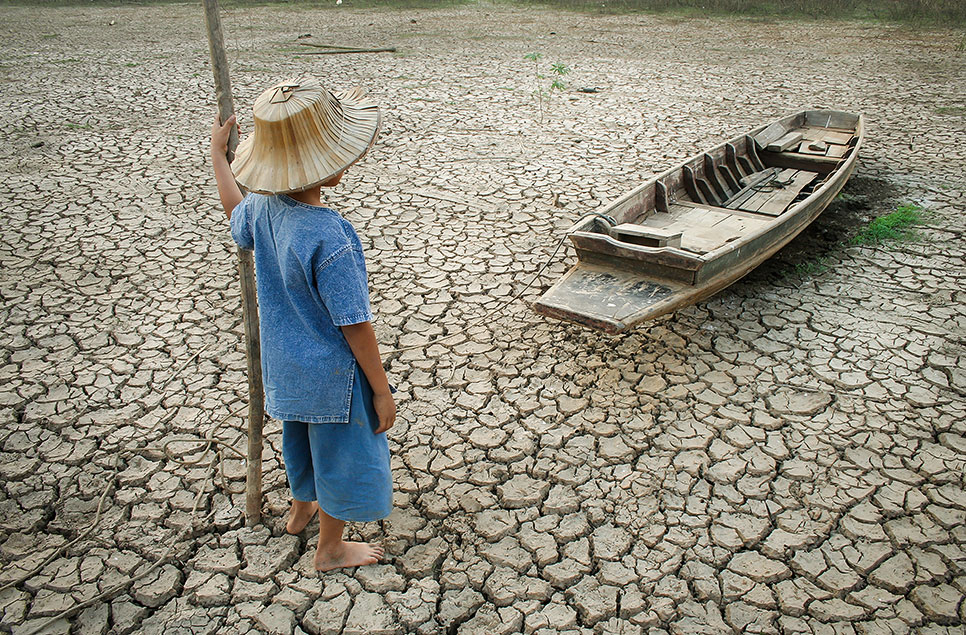
What COP 26 could mean for wetlands, and the world
If you’re someone who cares about wetlands and keeping our planet healthy, you’ll likely have heard of the landmark COP26 summit starting on 31st October.
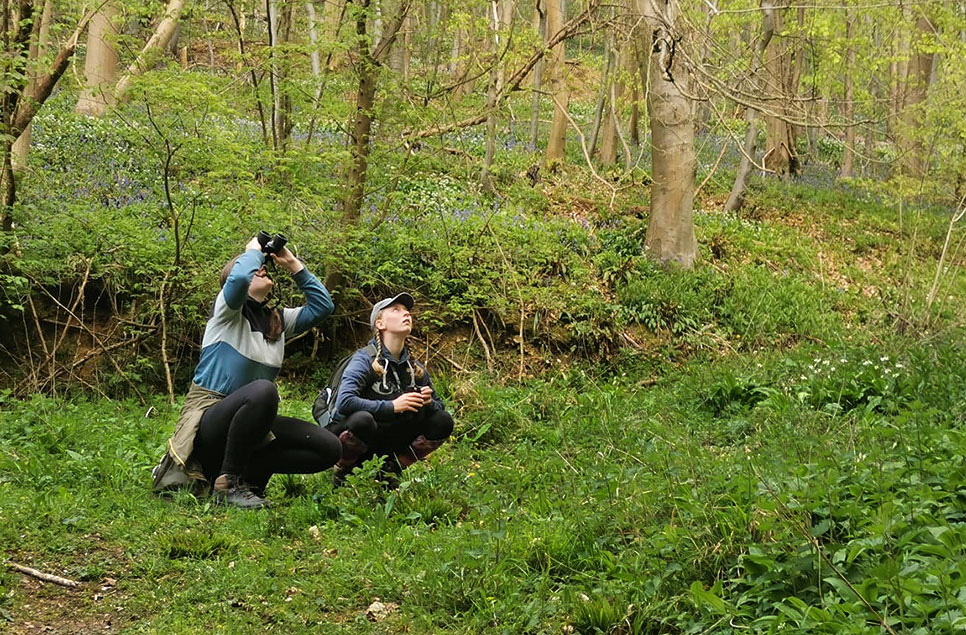
The many roles of a volunteer
Jeanie Money and Abi Mackay each pick a highlight of their much appreciated support for WWT.
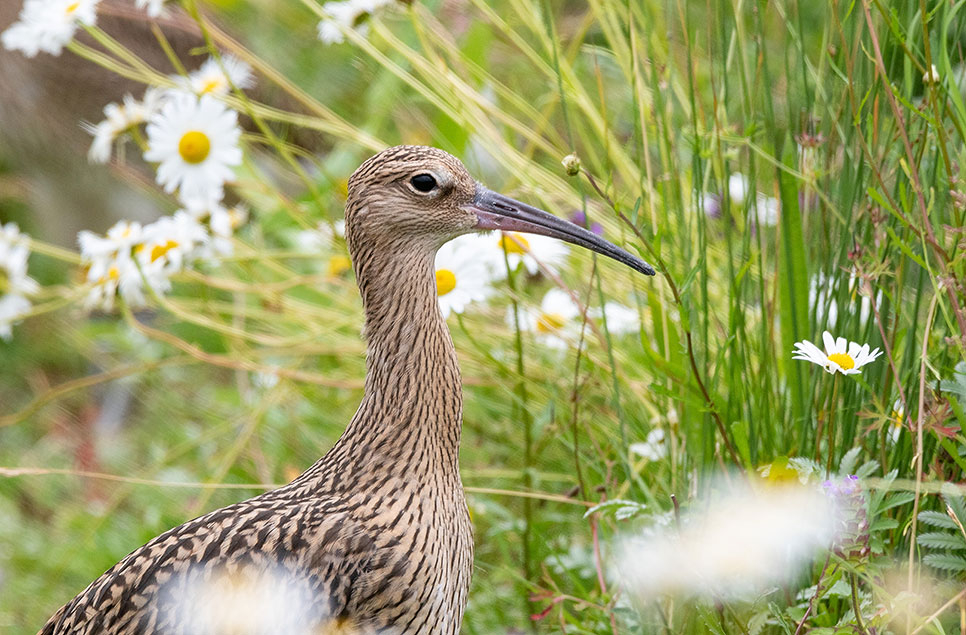
Saving curlews
Mary Colwell on what drove her to fight for one of the UK’s most endangered birds.
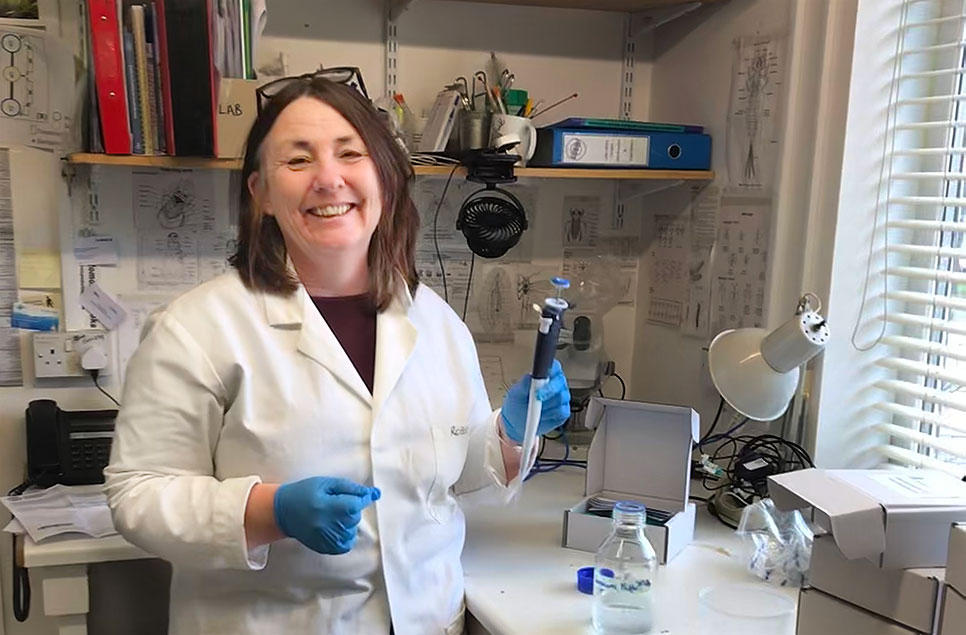
Using ground-breaking technologies to show how biodiverse wetlands can be
WWT’s Laura Weldon, talks citizen science and the new technology that’s helping us monitor our more elusive wetland wildlife, why she champions our less cuddly wetland animals and how despite everything, she’s still hopeful for the future.